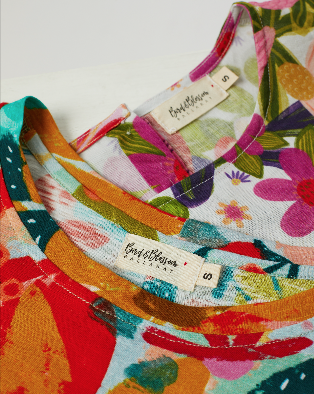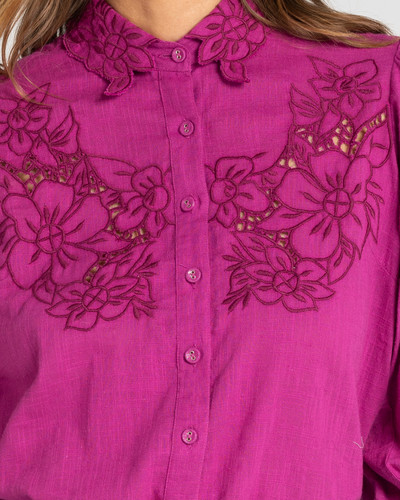Posted by Bianca Flint - The Wardrobe Green on 13th Jun 2024
Why Natural Fibres?
Why Natural Fibres?
There are two main types of fibres that are used in textile manufacturing, Natural and Synthetic, (or man made). Then there are the fibres that sit somewhere in between, these fibres are not completely natural, nor are they completely synthetic.
For a fibre to be considered ‘natural’ it must have been obtained directly from either a plant, animal or mineral source.
A Natural fibre exists on its own merit and include wool, linen, cotton, silk, hemp, and leather.

A Synthetic Fibre is man-made, it has been constructed by chemical processing of petrochemicals to essentially produce plastic fibres. These include: Polyester, Nylon, Spandex, Satin, and PU.
Fibres that are considered neither Natural nor Synthetic (Semi-Synthetic) have been sourced from raw materials, and only partially modified by chemical processes, these include: Rayon, Viscose, Bamboo, Modal and Lyocell.
So, which to choose and why?
Put simply, natural fibres are the better choice for our environment. When natural fibres return to the earth (via our waste system) they can biodegrade naturally, without any negative impact on our soil and waterways.
The Earth recognises this fibre and it poses no threat to it. It simply returns to the circle of life in which it was created.

Not only are natural fibres better for our environment, they are a better choice for us personally. Natural fibres breath, they don’t trap the heat like synthetic fibres, and they are softer and more comfortable to wear.

Above: model wears Soulsong cotton overalls
Synthetic fibres are essentially plastic, they do not breathe, they hold the heat and are nowhere near as comfortable to wear. Polyester is one of the most commonly known Synthetic fabrics, becoming very popular for its ‘wash and wear’ qualities; people were excited by clothing that dried quickly and didn’t need ironing.
The downside to this convenient and more affordable textile is the ‘damage’ it does to our environment. An impact that continues right through the clothing’s lifespan, with each wash producing thousands of tiny plastic particles that swarm our waterways, and poison our soil when it finally rests in the earth.

While natural fibres can be a more expensive choice, the benefits on both the environment and our own wellbeing are totally worth the investment. If the cost does deter you, buying second-hand from Op Shops and Preloved Clothing Boutiques is definitely something to explore.
In the meantime, our impartial friends - Semi Synthetic - are a good place to start.

